使用 calcofluor white鈣熒光白和手持式紫外線手電筒快速檢測真菌
氫氧化鉀 (KOH) 制劑是一種廣泛用于診斷皮膚癬菌感染的方法。然而,根據用戶體驗和性能,KOH 具有廣泛變化的敏感性和特異性。Calcofluor white (CFW) 是一種熒光藍染料,常用于微生物實驗室進行真菌鑒定。它與真菌細胞壁中的幾丁質結合,并在暴露于紫外線 (UV) 光時發出明亮的熒光(圖 1)。盡管被認為是皮膚癬菌檢測的一種優越方法,但該技術的床邊使用受到與熒光顯微鏡相關的成本和復雜性增加的限制。我們的研究提出了一種使用改良版 KOH 顯微鏡在床邊識別皮膚癬菌感染的新方法:使用熒光化合物 CFW 和廉價且易于獲得的手持式 395nm 紫外線手電筒作為一種有效的檢測手段。
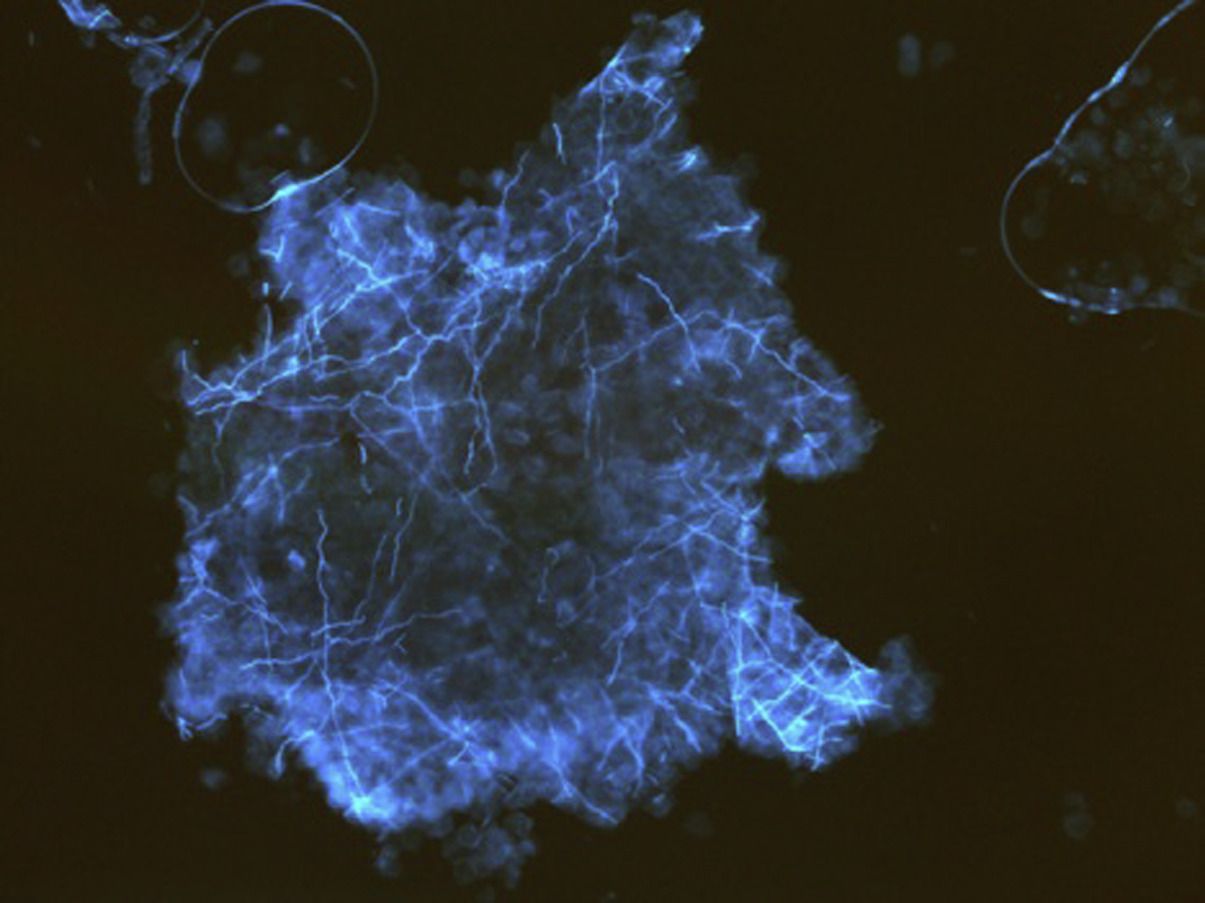
圖 1用 calcofluor white 染色并用手持紫外線手電筒照射時出現陽性皮膚刮擦外觀的代表性圖像。注意與背景熒光相比,明亮的熒光菌絲。
這項研究得到了約翰霍普金斯醫學機構審查委員會的批準。在對臨床上明顯的皮膚癬菌感染和對照進行皮膚刮片后,通過添加 1% CFW 溶液 (Sigma-Aldrich) 或 20% KOH 制備樣品并靜置 3 至 5 分鐘。以傳統方式檢查樣品,然后關閉舞臺燈并使用手持式紫外光源進行切向照明(圖 2)。為了比較這些方法,拍攝了一系列 30 張圖像,顯示以下內容:5 個陽性 KOH 制劑,5 個陰性 KOH 制劑,5 個陽性 calcofluor 制劑,具有 4',6-diamidino-2-phenylindole (DAPI) 熒光,5 個陰性 calcofluor 制劑使用 DAPI 熒光,使用手持式紫外線手電筒進行 5 次陽性 calcofluor 制劑,使用手持式紫外線手電筒進行 5 次陰性 calcofluor 制劑。DAPI 照明傳統上與 CFW 一起使用,因此被用作紫外線手電筒的控制。這些圖像被隨機化并納入在線 Qualtrics 調查,并分發給約翰霍普金斯大學皮膚科的主治醫師和住院醫師。

圖 2使用手持紫外線手電筒對 calcofluor white 染色載玻片進行切向照明的示意圖。
在完成調查的 20 人中,40% 是住院醫師,60% 是主治醫師。我們的隊列在 90.5% 的時間內正確分類了 KOH 制劑。相比之下,用 DAPI 熒光照射的 CFW 和用紫外手電筒照射的 CFW 的正確分類率為 99%。此外,我們的隊列確定使用 CFW 與 KOH 的圖像對于真菌元素的圖像是陽性還是陰性顯著更快,無論照明方法如何(平均時間 7.7 秒對 16.8 秒,P < .05,配對樣本t檢驗)。
與傳統的 KOH 顯微鏡相比,我們的研究確定了一種使用 CFW 鑒定床邊皮膚癬菌的更有效和準確的方法。盡管應限制對眼睛的照射,但使用LED紫外線手電筒(通常在 395 nm 范圍內)不太可能導致嚴重的眼部損傷。3臨床醫生可以使用紫外線安全護目鏡來降低這種風險,這種護目鏡(紫外線防護)可以濾除 <400 nm 的紫外光。盡管這項研究受到其小規模的限制,但已經啟動了一項全國性的后續研究,以評估這種檢測技術的有效性和使用情況,并將我們的方法與使用其他可能增強 KOH 顯微術的染料進行比較。
以上中文內容由谷歌翻譯軟件翻譯,文章原文:
Rapid detection of fungal elements using calcofluor white and handheld ultraviolet illumination
To the Editor: Potassium hydroxide (KOH) preparation is a widely used method for diagnosing cutaneous dermatophyte infections. However, KOH has widely variable sensitivity and specificity based on user experience and performance.1 Calcofluor white (CFW) is a fluorescent blue dye commonly used in microbiology laboratories for fungal identification. It binds to the chitin in the fungal cell wall and brightly fluoresces on exposure to ultraviolet (UV) light (Fig 1). Although considered a superior method for dermatophyte detection, bedside use of this technique is limited by the increased cost and complexity associated with fluorescence microscopes.2 Our study presents a new method for bedside identification of dermatophyte infections by using a modified version of KOH microscopy: using the fluorescent compound CFW and an inexpensive and easily available handheld 395-nm light-emitting diode flashlight (TaoTronics model TT-FL001, TaoTronics, Sunvalley Group, Shenzhen, China) as an effective means of detection.
Figure thumbnail gr1
Fig 1A representative image of the appearance of a positive skin scraping when stained with calcofluor white and illuminated with a handheld ultraviolet flashlight. Note the brightly fluorescent hyphae compared with the background fluorescence.
View Large ImageFigure ViewerDownload Hi-res imageDownload (PPT)
This study was approved by the Johns Hopkins Medicine institutional review board. After performing skin scrapings of a clinically apparent dermatophyte infection and a control, samples were prepared by addition of either 1% CFW solution (Sigma-Aldrich) or 20% KOH and allowed to sit for 3 to 5 minutes. The samples were examined in the traditional manner and then with stage-light off and tangential illumination from a handheld UV light source (Fig 2). To compare these methods, a series of 30 images were captured displaying the following: 5 positive KOH preparations, 5 negative KOH preparations, 5 positive calcofluor preparations with 4′,6-diamidino-2-phenylindole (DAPI) fluorescence, 5 negative calcofluor preparations with DAPI fluorescence, 5 positive calcofluor preparations with a handheld UV flashlight, and 5 negative calcofluor preparations with a handheld UV flashlight. DAPI illumination is traditionally used with CFW and was therefore used as a control for the UV flashlight. These images were randomized and incorporated into an online Qualtrics survey and distributed to attending physicians and residents at the Johns Hopkins Department of Dermatology.
Figure thumbnail gr2
Fig 2A schematic representation showing tangential illumination of a calcofluor white–stained slide with a handheld ultraviolet flashlight.
(Courtesy of Leon Denny.)
View Large ImageFigure ViewerDownload Hi-res imageDownload (PPT)
Of the 20 individuals who completed the survey, 40% were resident physicians and 60% attending physicians. Our cohort correctly classified the KOH preparation 90.5% of the time. In contrast, the CFW illuminated with DAPI fluorescence and the CFW illuminated with the UV flashlight were both correctly classified 99% of the time. Additionally, our cohort determined if the images were positive or negative for fungal elements significantly faster for images using CFW versus KOH, regardless of the method of illuminated (mean time 7.7 seconds vs 16.8 seconds, P < .05, paired samples t test).
Our study identifies a more efficient and accurate method for bedside cutaneous dermatophyte identification using CFW compared with that of traditional KOH microscopy. Although exposure to the eyes should be limited, the use of a UV light-emitting diode flashlight, which is typically in the 395-nm range, is unlikely to result in significant ocular damage.3 Clinicians can mitigate such risk with the use of UV safety goggles, which filter out light <400 nm. Although this study is limited by its small size, a nationwide follow-up study has been initiated to assess the effectiveness and use of this detection technique and to compare our approach with the use of other dyes that may enhance KOH microscopy.
推薦瀏覽更多熒光蛋白表達的效果圖:(熒光蛋白表達的案例展示)

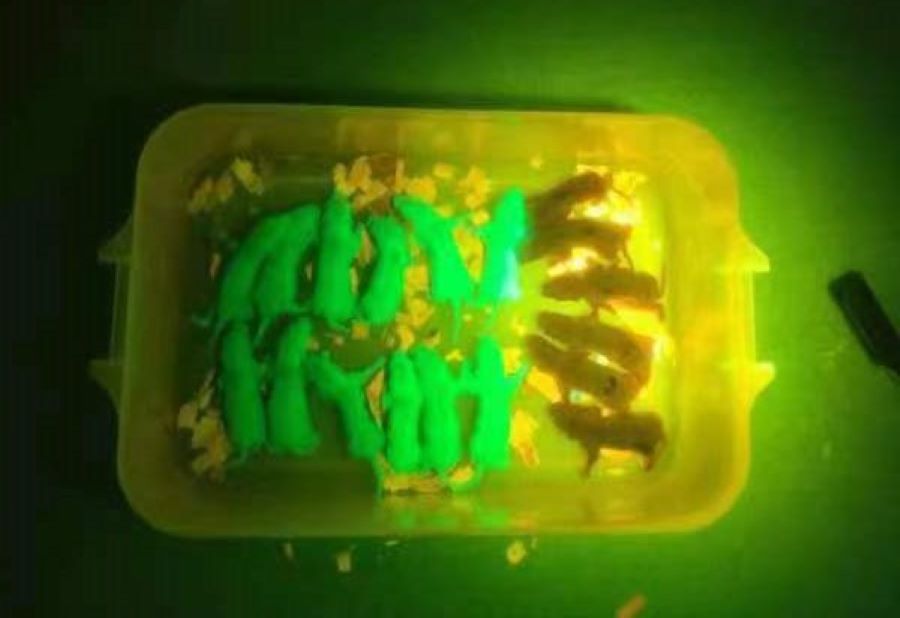
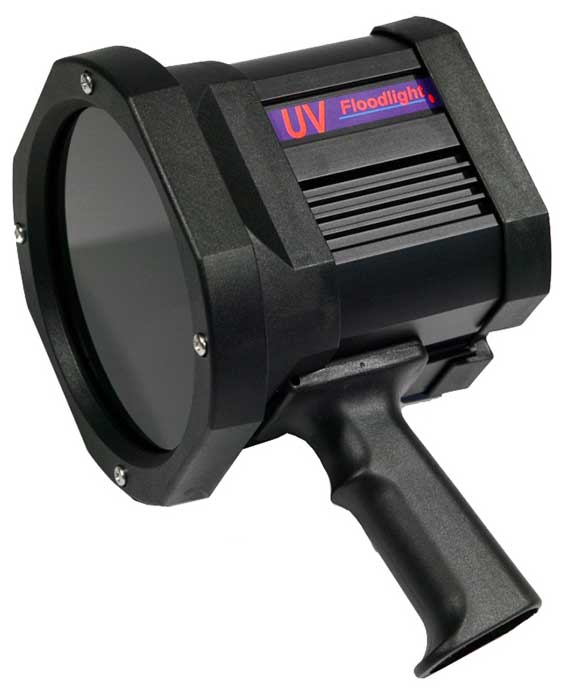

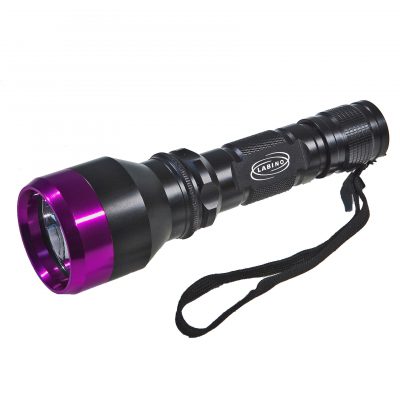

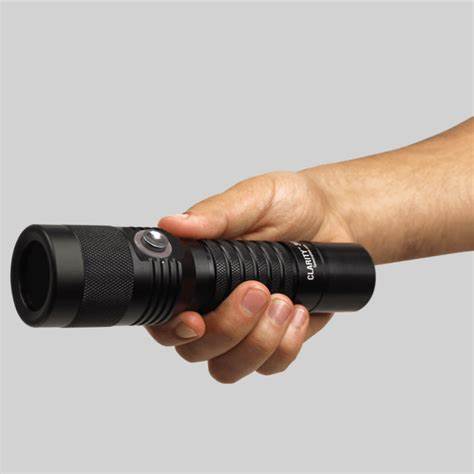
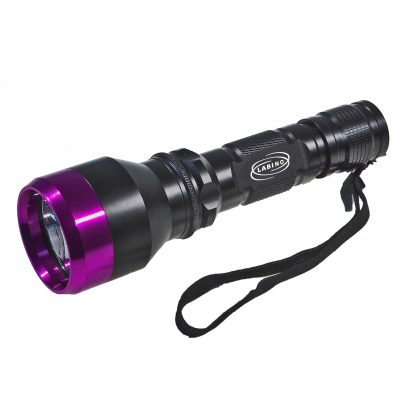
 添加微信咨詢!
添加微信咨詢!